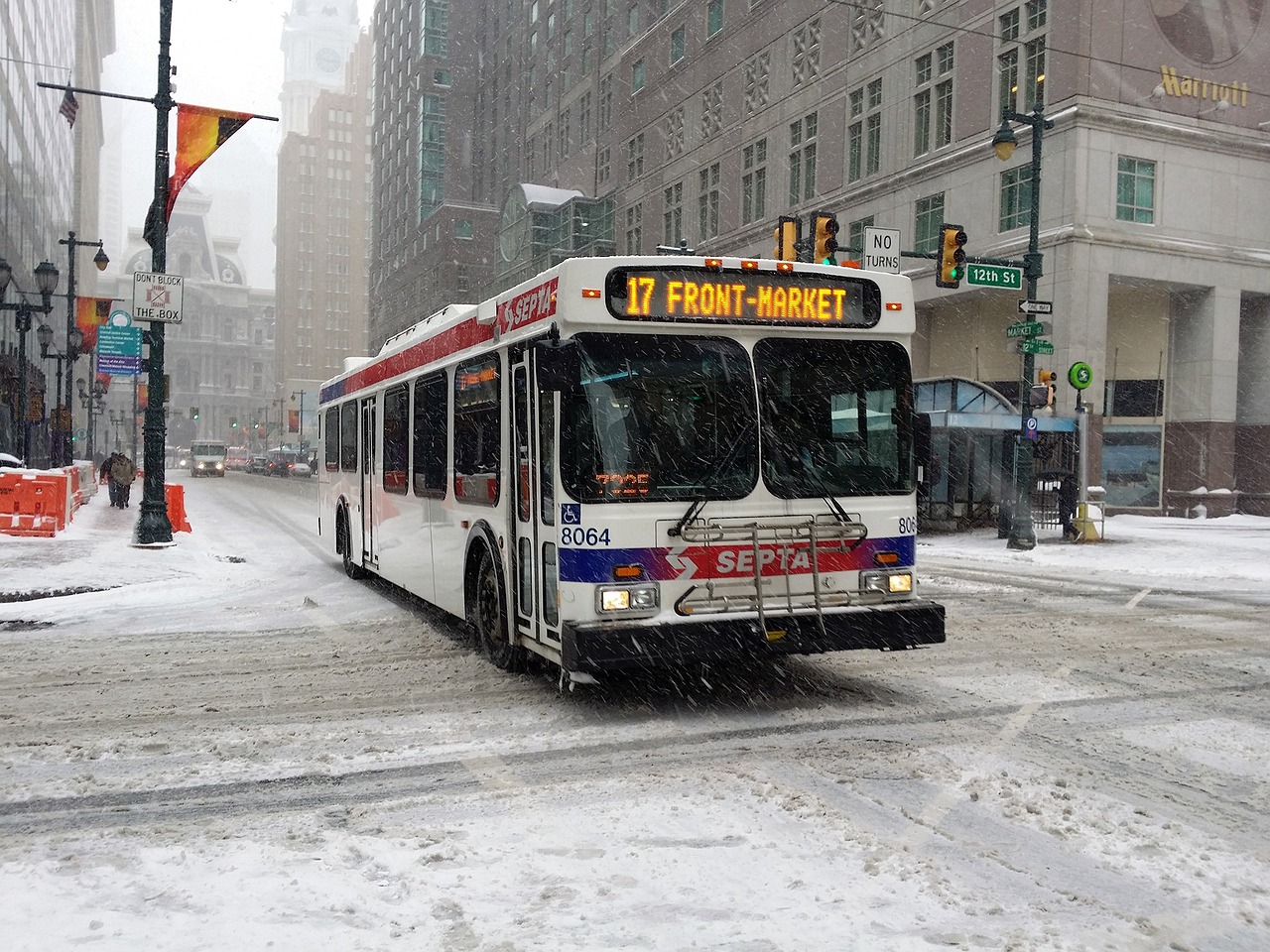Source: Smart Cities Dive
Excerpt:
The Urban Institute partnered with the Washington Metropolitan Area Transit Authority to look at current and proposed bus lanes, modeling different levels of enforcement to keep bus lanes clear. According to WMATA survey data, 46% of its bus riders have a household income below $30,000. Lower-paid workers often suffer higher unemployment rates and periods of joblessness, particularly in areas where job accessibility is low, the study says.
“The way that bus priority lanes enable greater access to job opportunities is by letting buses go faster in those lanes,” said Alena Stern, chief data scientist at the Urban Institute and lead author of the study. But a lot depends on whether, and how much, the bus lane is blocked, she said.
The study found that, even when buses are obstructed along just a quarter of their route, the number of additional accessible jobs drops to around 20,000, compared with the 40,000 additional jobs accessible in a 100% clear lane scenario.
Read more: To increase job access, try dedicated bus lanes, this study says





